After the explosion of the Kakhovka hydroelectric power station, bridges from the Second World War and skulls in helmets "rose" from the bottom of the Dnipro (photo)
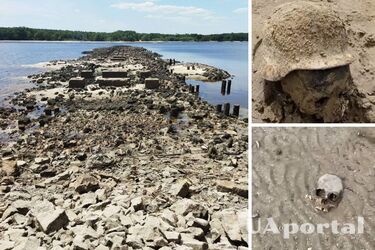
After the Dnipro River was shallowed as a result of the Russians blowing up the Kakhovka hydroelectric dam, the remains of wooden bridges built in 1944 emerged from the river bottom. They had been underwater for almost 70 years.
This was reported by the Khortytsia National Reserve on Facebook. The reserve's historians recalled that in Zaporizhzhia in 1943, the Dnipro hydroelectric dam and the steel bridges of Striletskyi were destroyed.
Read also: The first victims of the Kakhovka hydroelectric power station explosion have been identified
"To continue the Red Army's offensive on the right bank, it was decided to build temporary railway bridges across the Dnipro that would run through the southern part of Khortytsia Island. The work began on January 4, almost immediately after the Germans withdrew from the Right Bank," the statement said.
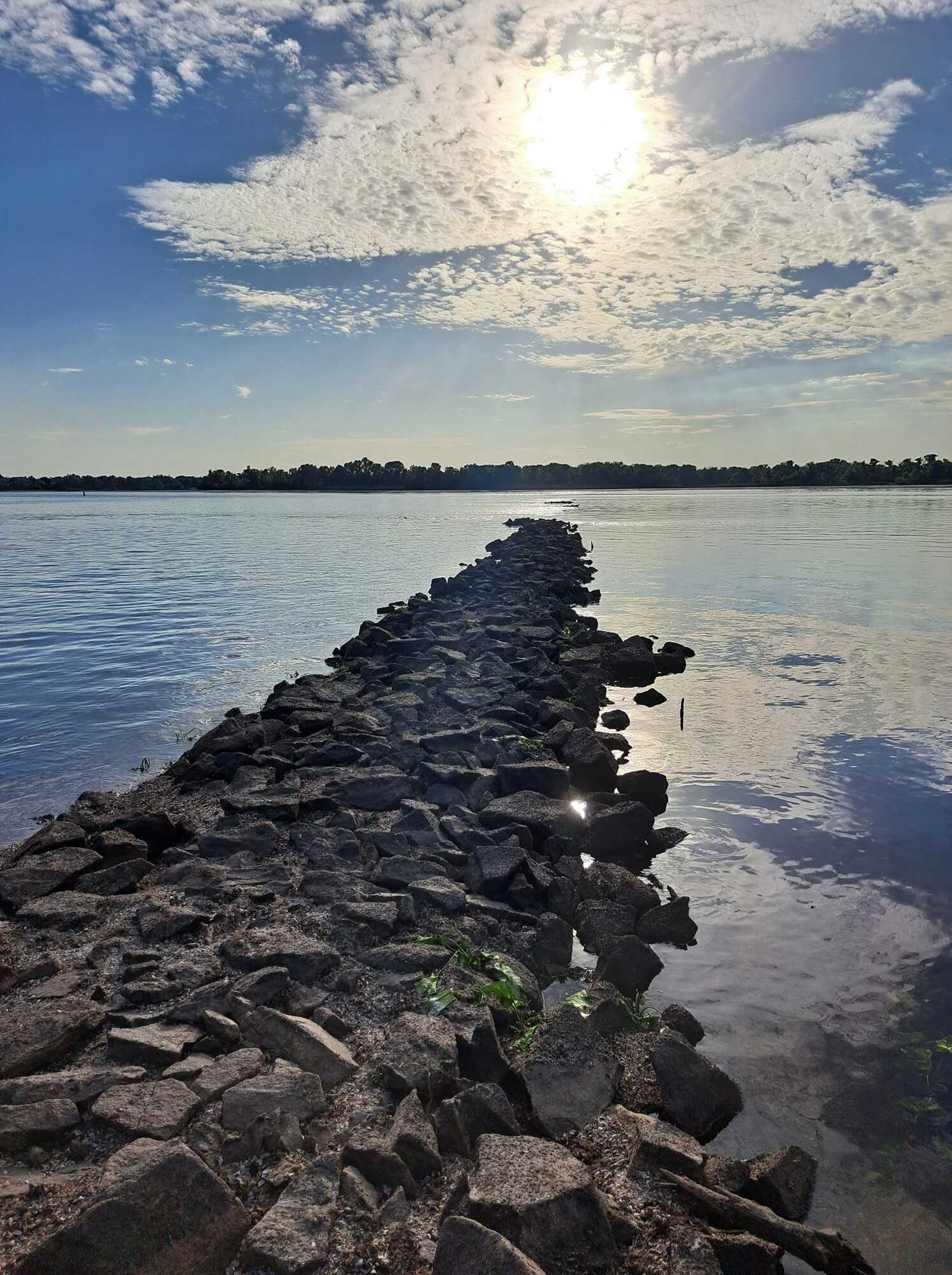
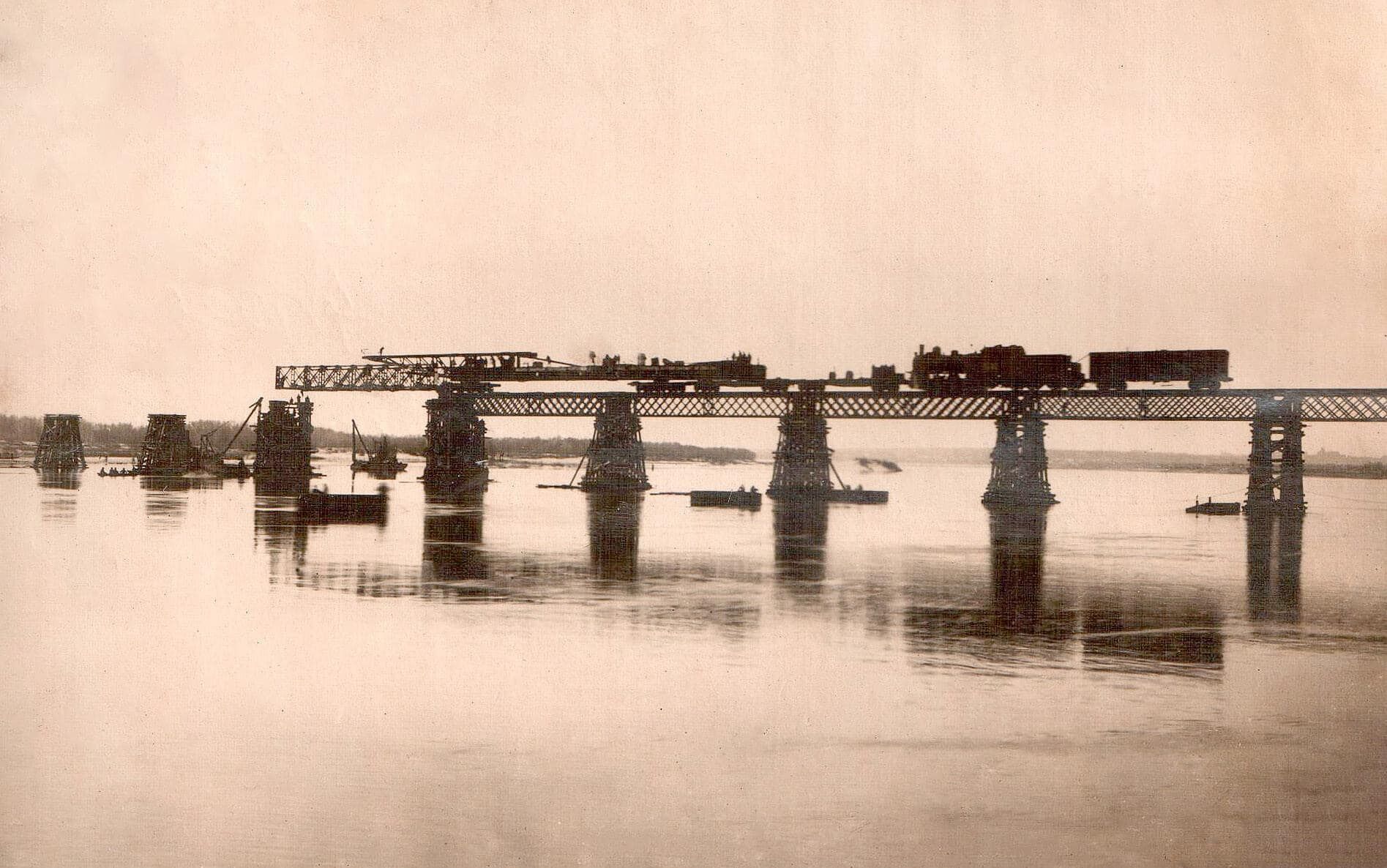
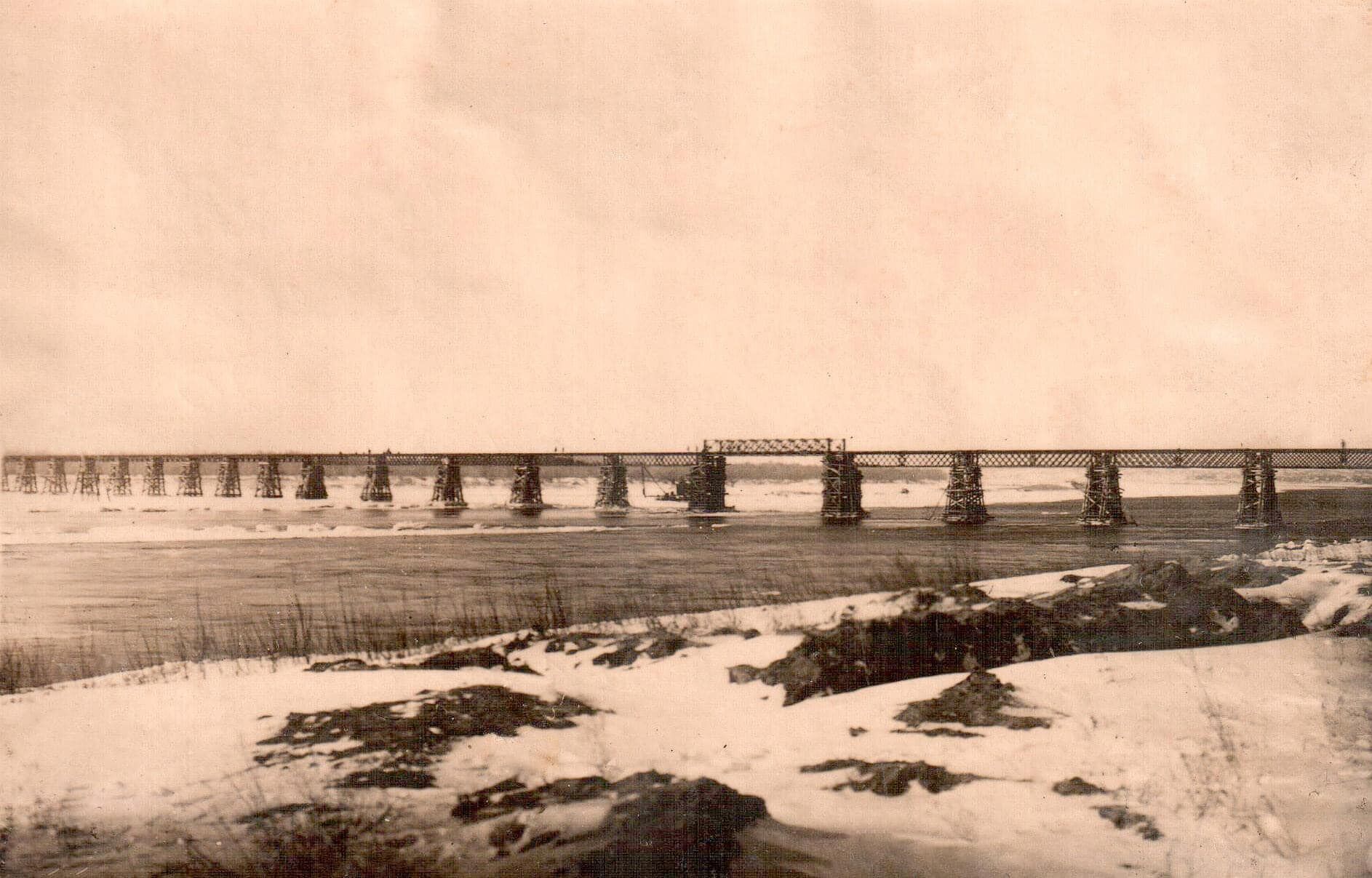
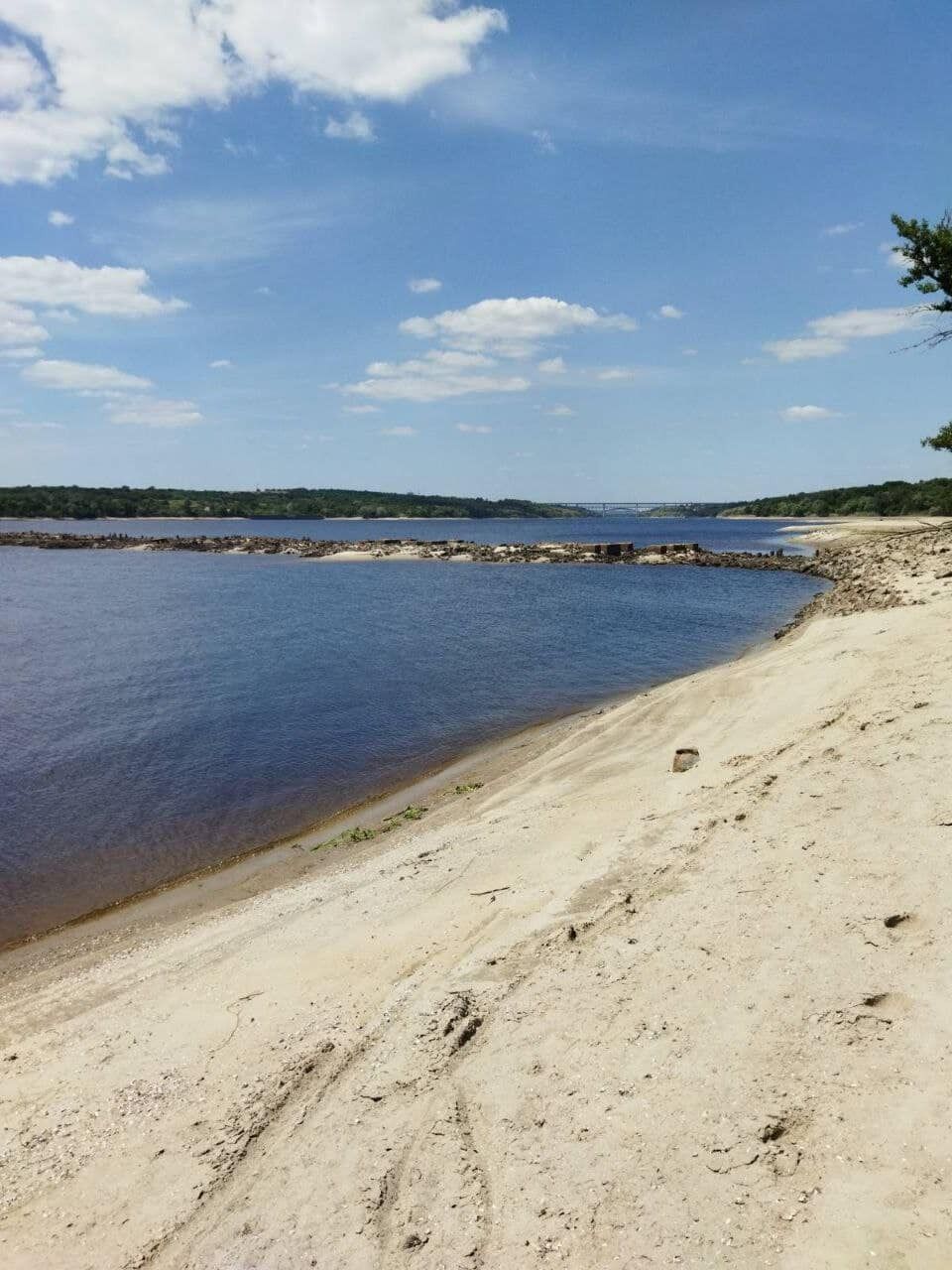
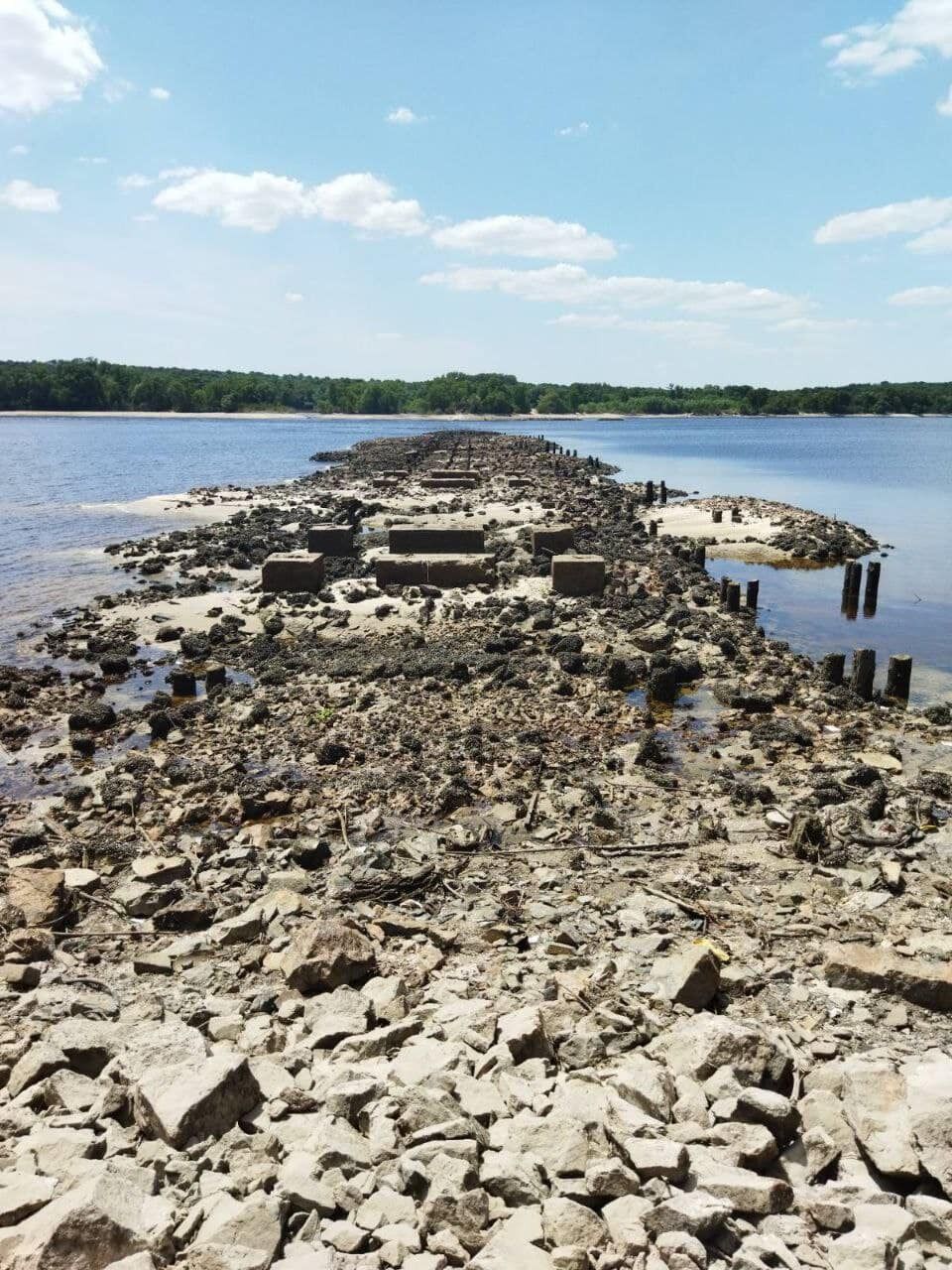
It is noted that thousands of workers from all over the region were involved in the construction of the bridges and 80% of the earthworks were carried out manually in the harsh weather conditions of the frosty winter.
Read also: Ukrainian military rescued a family with children from the roof in flooded Oleshky (video)
"We filled in dams and earthen approaches, drove piles, of which there were 1,520 pieces. The bridge supports were made of impregnated sleepers and logs. The girder structures were installed with a cantilever crane. A particularly difficult task was to install a 30-metre-long girder structure weighing 60 tonnes over the navigable part of the Dnipro. The structure itself was left by the Germans near the Kahalnyk River. It was picked up by bridge builders and adapted to meet immediate needs," the reserve added.
The bridge was opened for traffic from the city centre to Khortytsia 48 days after the start of construction. Three days later, when the bridge over the Old Dnipro was completed, train traffic was opened along the entire 11 km long branch.
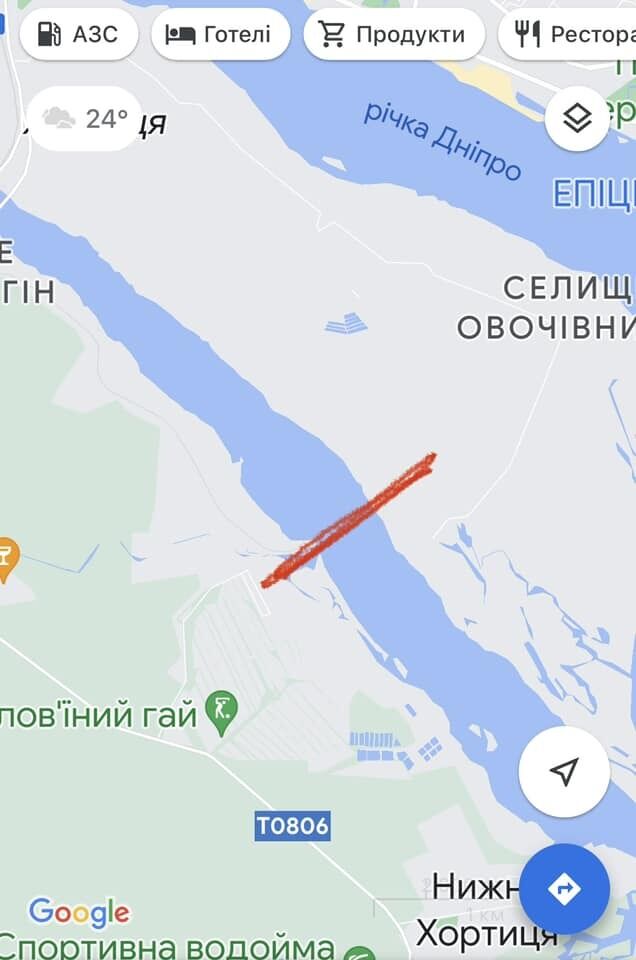
Historians recalled that the temporary bridges were used for another 9 years. During this period, DniproHES was restored and new bridges were built. Later, the temporary bridges were dismantled.
In the meantime, social media showed photos and videos taken at the bottom of the Kakhovka Reservoir. Skulls of people from the Second World War were found there. Some of them are still wearing protective helmets.
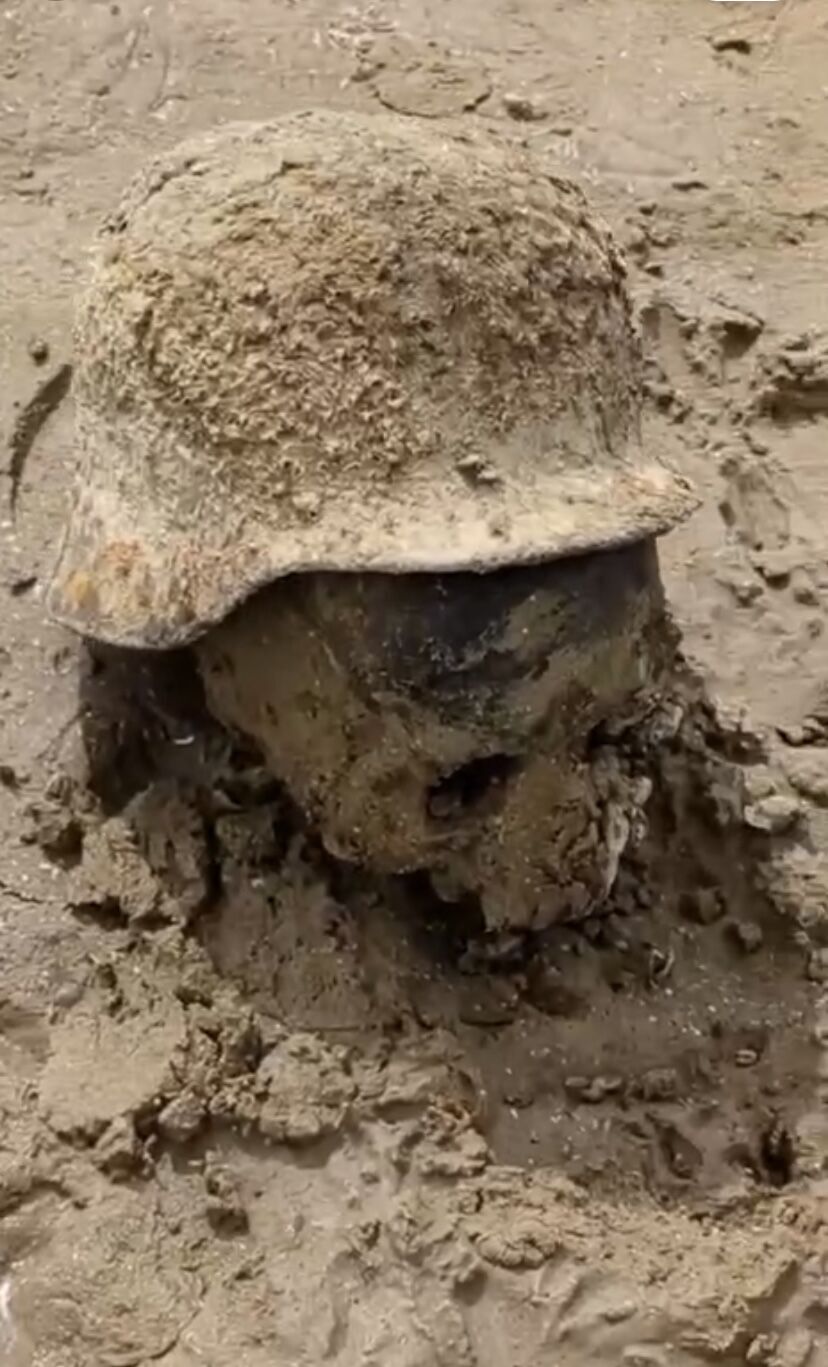
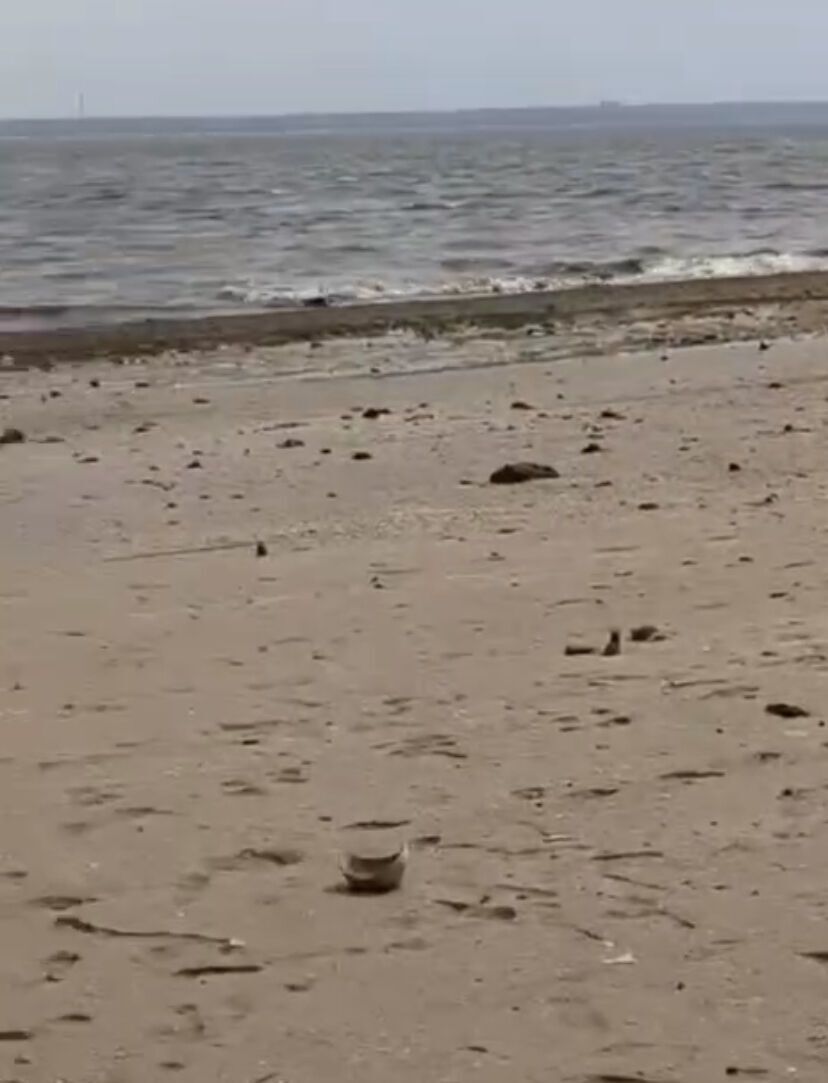
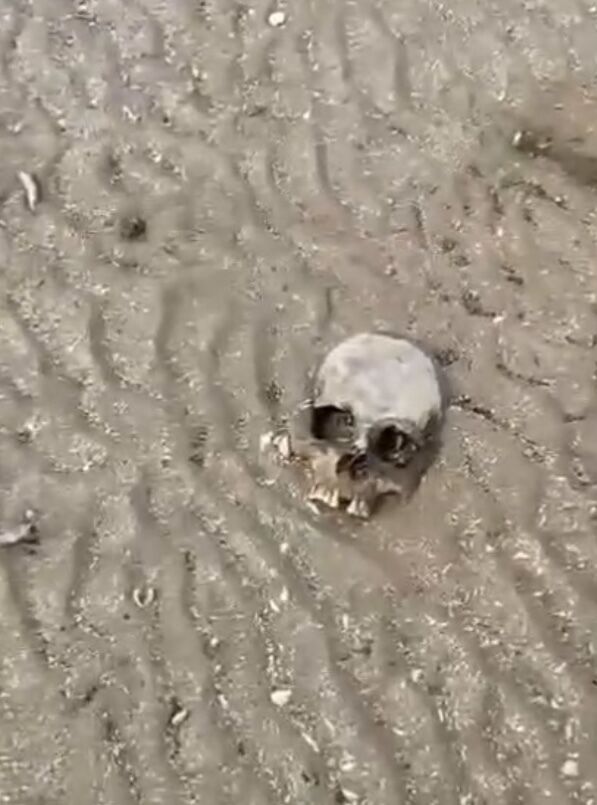
In the village of Pokrovske, Nikopol district, after the water receded, locals found a cemetery near an old church that had been flooded 70 years ago.
Old graves and human remains have emerged from the bottom.
To recap, the President's Office said that the explosion of the Kakhovka hydroelectric power plant poses a threat to the water supply of residents of Kherson region and the occupied Crimea, and may also negatively affect the condition of the Zaporizhzhya nuclear power plant.
If you want to get the latest news about the war and events in Ukraine, subscribe to our Telegram channel!
